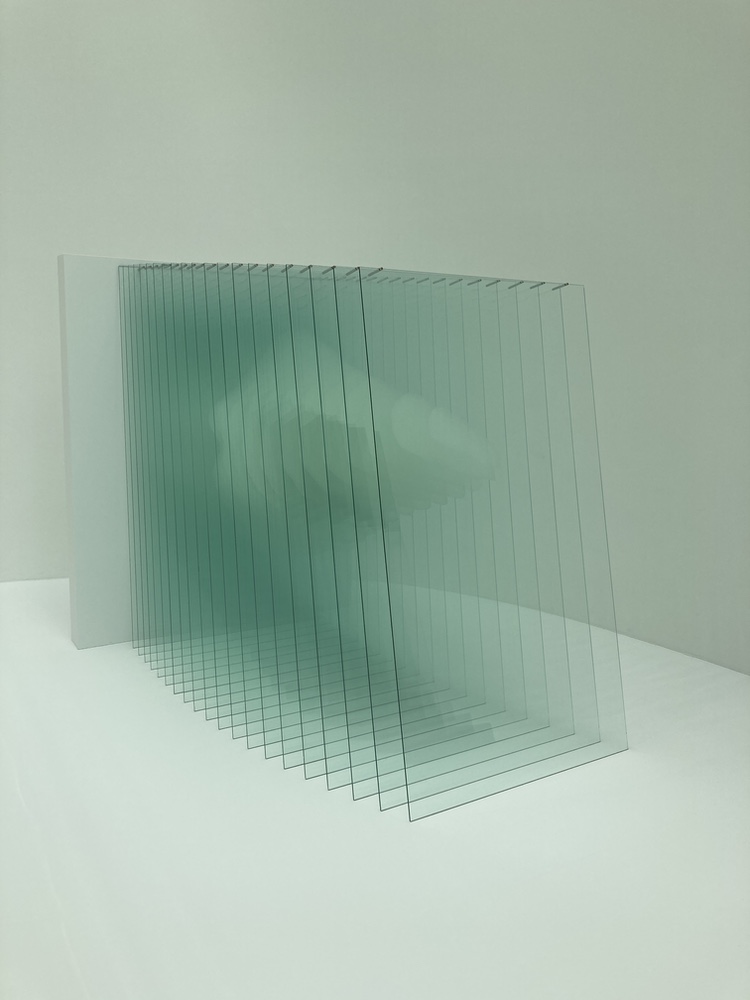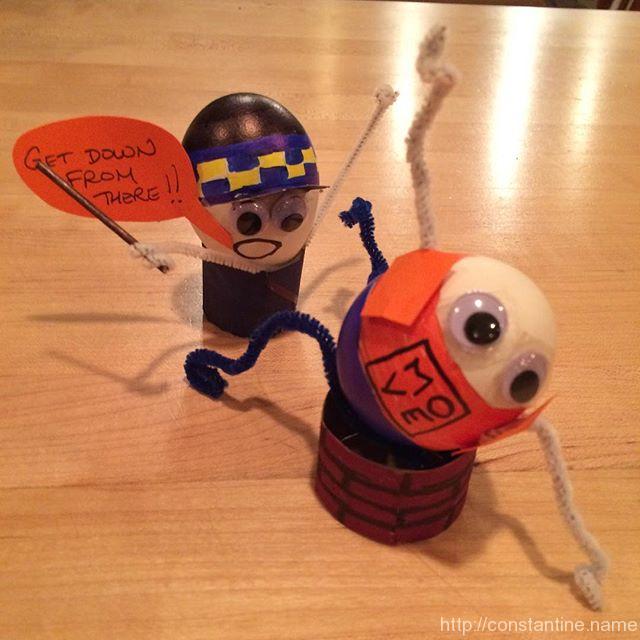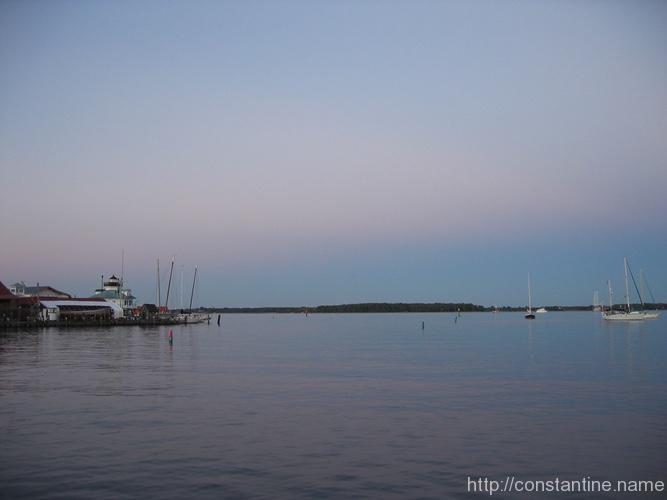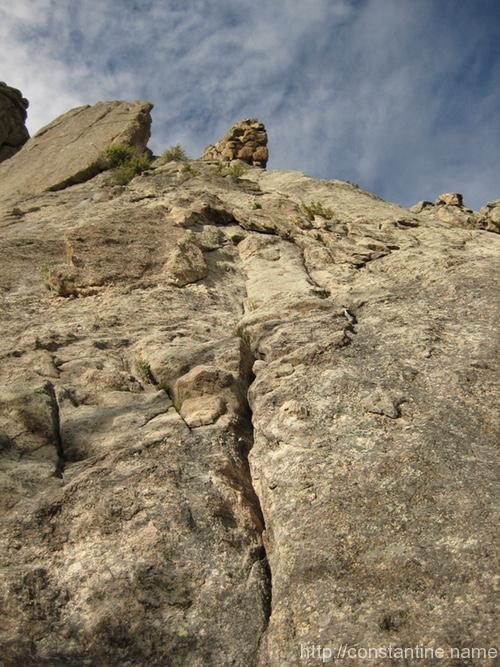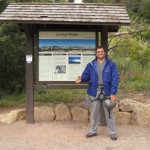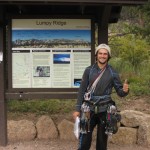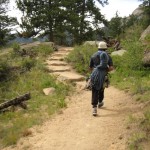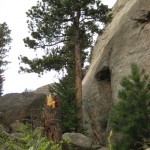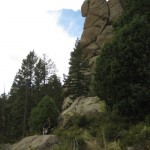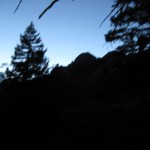What does it take to use your voice with intention and create meaningful connection through audio?
This conversation reveals how intentional voice, genuine connection, and thoughtful preparation shape meaningful podcast experiences.
It’s not about good or bad. Loud is good. Projecting is good. Soft is bad. It’s having that variety in your voice and knowing when to use it. That knowing piece just comes from daily practice and listening back. That comes from my radio school days. I mean, most people are like, ‘Oh, I published the episode. I don’t want to listen to it anymore.’ But if you want to learn and grow, you need to listen. Subscribe to your own show. Listen to it.
~ Mary Chan (36:30)
Craig and Mary explore the tension between creative ambition and strategic clarity in podcasting, focusing on the decision to adopt video. Mary cautions against following trends without first understanding one’s audience, arguing that the additional effort required for quality video production is often unjustified. Craig reflects on his own temptation to “just hit record” and appreciates the freedom that comes with embracing audio-only formats. Together, they highlight the importance of intentionality—knowing where listeners actually engage and tailoring production efforts accordingly.
Beyond format choices, the conversation centers on voice as a tool for authentic connection. Mary explains how vocal tone, pacing, and emotional presence create intimacy with listeners, especially in solo episodes. Craig notes how podcasting builds lasting relationships, both with guests and unseen listeners, and how even small gestures of feedback can be deeply rewarding. They agree that successful podcasting requires self-awareness, clear purpose, and a commitment to serving the listener’s experience above all.
Takeaways
The pressure to add video — Many podcasters feel compelled to incorporate video due to platform trends, but this may not serve their actual audience.
The complexity of video production — Creating video content requires more than just hitting record; elements like lighting, editing, and set design significantly impact quality.
Knowing the audience — Understanding where listeners consume content is crucial before adopting new formats like video or written newsletters.
The power of voice — Voice carries meaning beyond words, and thoughtful delivery can make content more engaging and memorable.
Podcasting as an intimate medium — Listeners form deep connections with hosts, often feeling like they personally know them.
Self-doubt in content creation — Many podcasters second-guess themselves, wondering if they should be doing more or following new trends.
Authenticity in podcasting — A podcast host should sound like themselves, not an artificial version, to build a genuine connection with the audience.
The importance of show preparation — Planning a conversation’s direction helps create a natural flow while allowing for spontaneous moments.
Building relationships in podcasting — Long-term connections with other podcasters can lead to opportunities, collaborations, and shared growth.
Podcast listener engagement — Many hosts wish for more feedback from their audience, but this requires encouraging interaction and setting the expectation.
The difference between podcasting and cinematographic content — High-production video podcasts differ significantly from casual video recordings of audio-based shows.
The hidden work in podcasting — Even for audio-only podcasts, preparation, editing, and audience engagement require significant effort.
Resources
The Podcaster’s Guide to a Visible Voice — Mary Chan’s podcast exploring the power of voice in podcasting.
https://www.organizedsound.ca — Mary’s podcasting company emphasizing podcast strategy, editing and voice coaching.
Permission to Speak — Samara Bay’s book about changing perceptions of power through voice.
Permission to Speak to Redefine the Sound of Power with Samara Bay — Mary’s podcast episode with Samara Bay.
Off Camera with Sam Jones — A documentary-style interview series mentioned, which features long-form conversations with creatives and includes high production-value video.
(Written with help from Chat-GPT.)
ɕ
